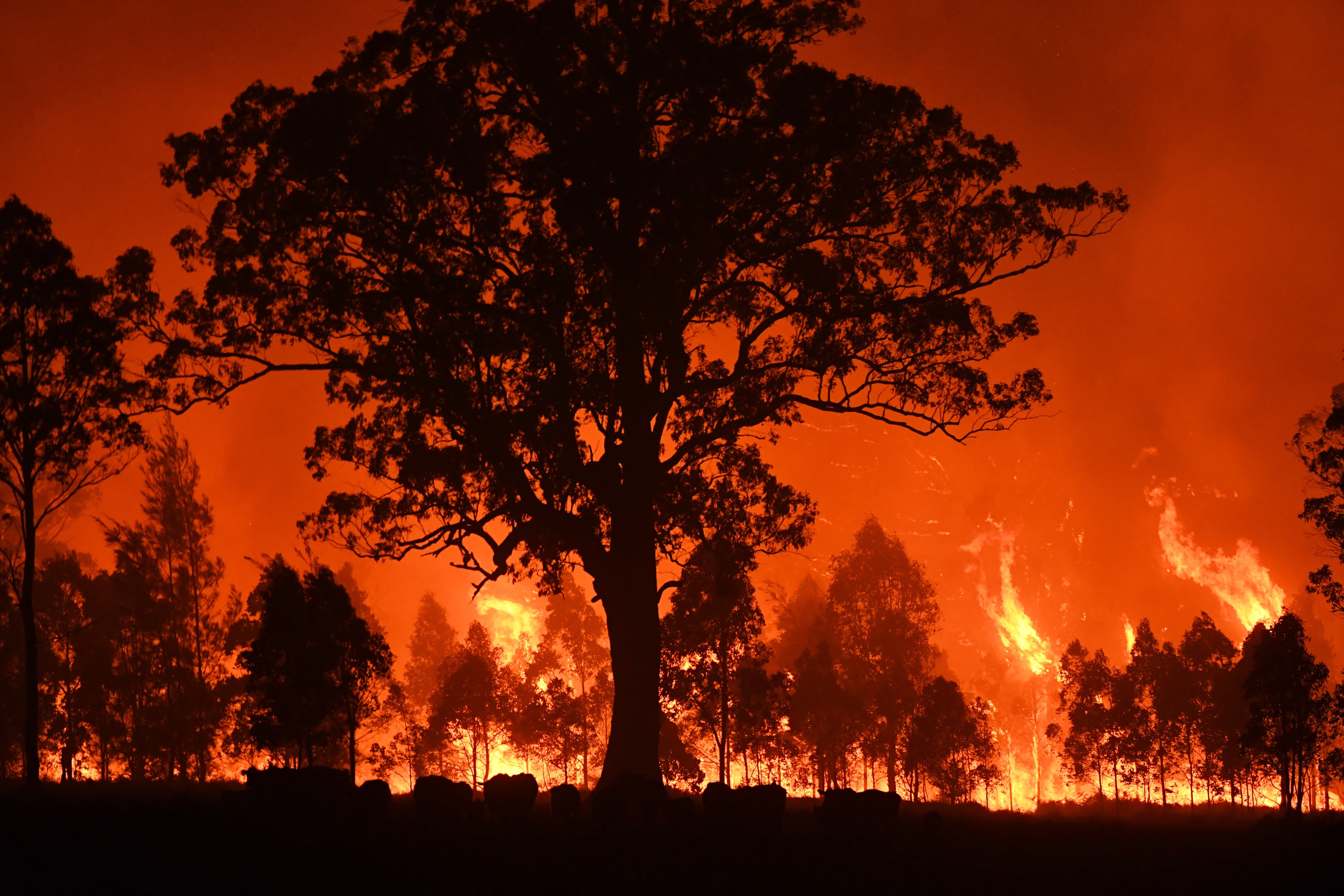Unlocking the Secrets of Bushfire Threat Evaluation: The Function of a BAL Report
Unlocking the Secrets of Bushfire Threat Evaluation: The Function of a BAL Report
Blog Article
Ensuring Bush Fire Security With Appropriate BAL Record Evaluation
In the realm of bush fire defense, the meticulous analysis of Bushfire Strike Level (BAL) records stands as a foundation for guarding homes against the damaging influence of wildfires. With ecological variables and home attributes playing considerable functions in identifying the level of risk, a comprehensive understanding of BAL ratings comes to be essential. However, the actual significance lies not just in understanding these records however in deciphering them effectively to create customized fire protection strategies. By delving into the importance of BAL record evaluation, we reveal a world where educated decisions pave the course in the direction of strengthening property safety and resilience in fire-prone areas.
Comprehending Bushfire Assault Degree (BAL)
In the realm of bushfire defense, comprehending the Bushfire Assault Degree (BAL) is extremely important for ensuring effective mitigation techniques. Comprehending the BAL rating of a residential or commercial property is important for residential property building contractors, policymakers, and proprietors to execute suitable procedures to protect against bushfire threats.

Value of BAL Record Evaluation
A necessary facet in bushfire defense preparation entails the detailed evaluation of BAL records to analyze the possible threats and establish ideal reduction strategies. BAL records give crucial information concerning the possible influence of bushfires on a building based upon numerous aspects such as plants kind, distance to prospective fire risks, and slope of the land. Analyzing these records with accuracy is extremely important in creating reliable bushfire security steps tailored to the specific danger profile of a residential property.
Carrying Out Fire Security Steps
Implementing efficient fire defense steps is critical for protecting buildings in bushfire-prone areas. This includes clearing up combustible vegetation, such as dry fallen leaves and branches, within a particular distance of the residential or commercial property.
Moreover, having a ample and well-maintained water supply, such as a container or swimming pool, can assist firemens in their efforts to safeguard the property. BAL Report. Overall, executing a mix of these fire defense steps can considerably increase the possibilities of securing buildings during bushfire events.
Mitigating Threats in Fire-Prone Locations
To strengthen buildings versus bushfire dangers, a critical concentrate on mitigating threats in fire-prone areas is important. Mitigating threats in fire-prone areas includes a comprehensive technique that encompasses different actions to reduce the probability and impact of bushfires. One important facet of risk mitigation is keeping defensible space around homes by getting rid of flammable greenery, making certain adequate spacing between trees and frameworks, and using fire-resistant landscaping methods. In addition, implementing ember-proofing steps such as setting up steel mesh displays on home windows and covering roof tooth cavities can assist stop coal attacks and minimize the risk of area fires.
Furthermore, constructing or retrofitting buildings with fire-resistant materials and guaranteeing appropriate maintenance of roofing systems, rain gutters, and outside cladding can substantially improve the residential or commercial property's resilience to bushfires. Practicing a bushfire and creating emergency situation strategy with all residents, including evacuation procedures and interaction methods, is likewise crucial in mitigating dangers efficiently. By adopting a proactive approach to risk mitigation in fire-prone areas, homeowner can better secure their properties and boost total bushfire readiness.
Ensuring Residential Property Security and Durability
Ensuring the safety and strength of buildings in fire-prone areas calls for an unfaltering dedication to robust safety nets and strategic planning. Residential property safety begins with look here applying efficient actions to decrease fire threats. This consists of preserving a defensible room around the property by getting rid of combustible plant life, making sure appropriate maintenance of seamless gutters and roofing systems, and utilizing fireproof structure materials. Routine upkeep of firefighting tools, such as hoses and automatic sprinkler, is likewise critical to home durability.
Resilience, on the other hand, involves the ability of a home to his response stand up to and recuperate from a bushfire. This can be enhanced through the installation of ember guards on home windows and vents, making certain that entrance points for cinders are minimized. Additionally, having a well-balanced discharge strategy and practicing it frequently can substantially enhance home resilience. Collaborating with next-door neighbors and regional fire authorities can also bolster the safety and security and durability of homes in fire-prone areas. By proactively resolving these elements, home owners can much better safeguard their properties and liked ones from the threat of bushfires.
Final Thought
In conclusion, making certain bushfire security via appropriate BAL record analysis is vital for understanding the degree of risk presented by bushfires and implementing needed fire protection actions. By reducing threats in fire-prone areas and making sure residential or commercial property safety and security and resilience, people and areas can much better prepare for and respond to bushfire occasions. It is essential to focus on fire safety and security measures to safeguard lives and building in these high-risk environments.
In the world of bush fire protection, the precise evaluation of Bushfire Strike Level (BAL) reports stands as a keystone for guarding residential or commercial properties against the damaging impact of wildfires (BAL Report). Comprehending the BAL score of a building is crucial for residential or commercial property policymakers, proprietors, and next building contractors to apply appropriate steps to protect against bushfire risks

BAL records offer vital info concerning the possible impact of bushfires on a residential property based on numerous elements such as plants kind, range to potential fire risks, and slope of the land (BAL Report). Generally, applying a combination of these fire protection steps can substantially raise the opportunities of protecting residential or commercial properties during bushfire occasions
Report this page